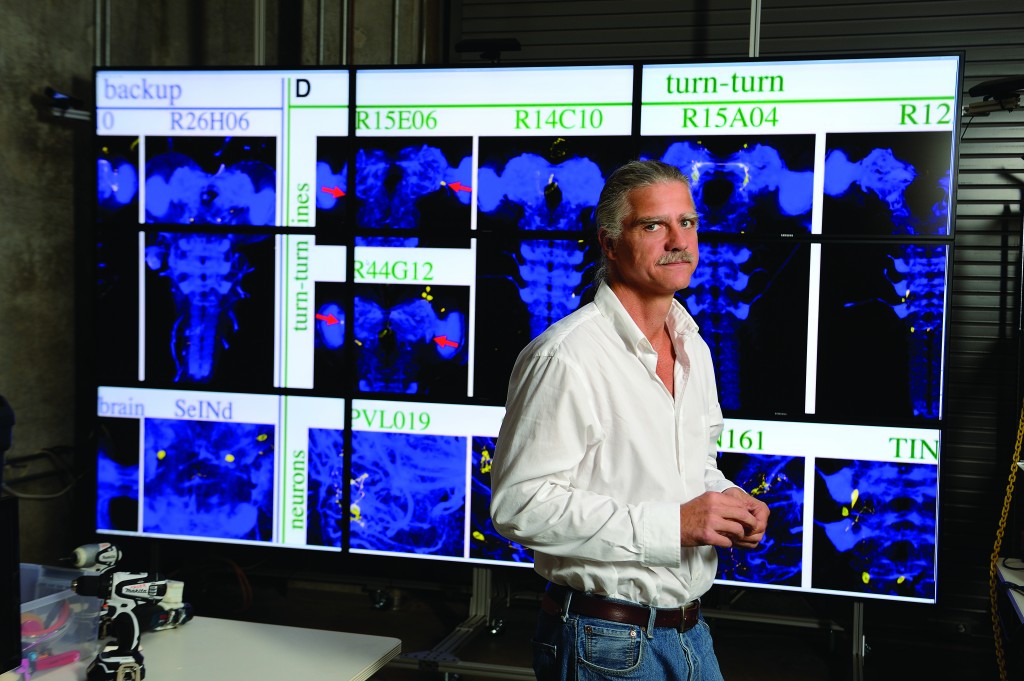 They would seem unlikely allies: a mathematician and a neuroscientist who studies fruit fly larvae. But from the moment that Carey Priebe, a professor in the Department of Applied Mathematics and Statistics at the Whiting School, met Marta Zlatic, a group leader at Howard Hughes Medical Institute’s Janelia Farm campus, Priebe says that he knew the two would have a long and productive relationship.
They would seem unlikely allies: a mathematician and a neuroscientist who studies fruit fly larvae. But from the moment that Carey Priebe, a professor in the Department of Applied Mathematics and Statistics at the Whiting School, met Marta Zlatic, a group leader at Howard Hughes Medical Institute’s Janelia Farm campus, Priebe says that he knew the two would have a long and productive relationship.
“What I thought I could do and what she thought she wanted done seemed to have significant overlap,” he remembers.
Priebe and Park have created a statistical tool that successfully mapped behaviors onto about 60 percent of the fruit fly larvae’s neurons.
Zlatic and her colleagues had taken on the daunting task of trying to create a sort of atlas that categorized the jobs of a fruit fly larva’s approximately 10,000 neurons— information that could help elucidate how brains, including ours, work in general. By using a genetic technique that allows a few of these neurons at a time to be manipulated externally with blue light, the researchers were able to stimulate a variety of behaviors in nearly 40,000 individual larvae, catching these actions on video. Because this process was automated, they accomplished this feat in just a few months, generating a new problem: figuring out how to group the insects’ complex behaviors into clusters that tied them to particular neurons.
That’s where Priebe came in. Combining two theories he’d developed in earlier work, the applied mathematician created a statistical tool with his Whiting School colleague Youngser Park, a researcher in the Center for Imaging Science, that successfully mapped behaviors onto about 60 percent of the larvae’s neurons. The researchers published their results in Science last May.
Now that this project is finished, the researchers are moving on to the next stage: using data from the genetic technique and electron microscope and calcium channel imaging to map functional connectivity between neurons—work that’s already been awarded a National Science Foundation EAGER award.




